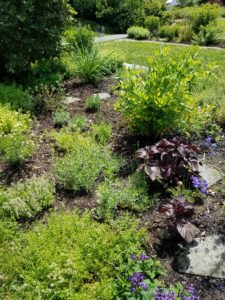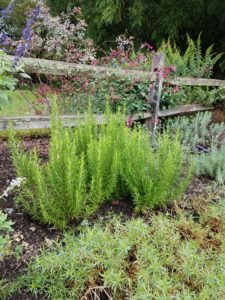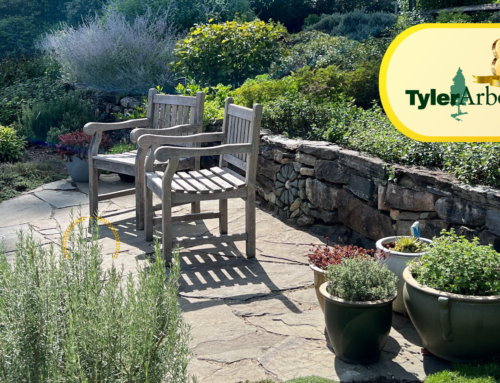 Whether we think of it or not, we probably use or consume herbs every day. The oregano on your pizza, the chamomile in your night cream, or the lavender in your baby’s bath, they all come from herbs. So what is an herb? There are many in the herb field that would debate this point. For our purposes, an herb is a plant that humans have used for the purpose of flavoring, medical applications and for beauty. The willow would be considered an herb as it’s bark can produce anti-inflammatory ingredients suitable for the cosmetic industry. Our modern herbs have been in use for thousands of years such as rosemary, garlic and mint. Humans and herbs have had a very long history.
Whether we think of it or not, we probably use or consume herbs every day. The oregano on your pizza, the chamomile in your night cream, or the lavender in your baby’s bath, they all come from herbs. So what is an herb? There are many in the herb field that would debate this point. For our purposes, an herb is a plant that humans have used for the purpose of flavoring, medical applications and for beauty. The willow would be considered an herb as it’s bark can produce anti-inflammatory ingredients suitable for the cosmetic industry. Our modern herbs have been in use for thousands of years such as rosemary, garlic and mint. Humans and herbs have had a very long history.
We can probably fill volumes of text with just culinary herbs and another on herbs for medicine. What we will be concentrating on is herbs that any home should have both for culinary purposes and landscape use. The Philadelphia Unit of the American Herb Society who has been caring for our Fragrant Garden since 1949 is certainly a good group to start with. Check out their Pinterest board too for information on different herbs.
Requirements for Success:
The two most important requirements for most herbs are sunlight and good drainage. Herbs, in general, enjoy six hours and greater of sunshine. Plants such as basil, thyme, and sage relish spots where they can bake. The soil must not contain too much clay as water tends to be held too long. Good soil should be free draining and even on the sandy side. Mint, parsley and cilantro will flourish in shade. Actually, parsley and cilantro will bolt if heat stressed.
Containerized Herbs
Most herbs are great candidates for growing in containers. The trick is to know what the herbs need and what conditions you have. If you are growing plants on the kitchen windowsill, find out first how much direct light you receive. Here’s my list based on light levels and that the plants remain small:
Direct sunlight greater than 6 hours (applies also for in ground):
- Rosemary (Rosemarinus officinalis)
- Basil (Ocimum basilicum)
- Thyme (Thymus vulgaris.)
- Oregano (Origanum vulgare)
- Sage (Salvia officinalis)
Indirect light for most of the day (applies also for in ground)::
- Parsley (Petroselinum crispum)
- Mint (Menthe spicata)
- Chives (Allium schoenoprasum)
- Cilantro (Coriandrum sativum)
 When plants are grown in containers, they depend on you to provide the nutrients and water. I would also recommend feeding your herbs with slow releasing fertilizer such as organic fish emulsion (deodorized version) or use a potting mix with slow release fertilizer already mixed in such as Osmocote (not organic).
When plants are grown in containers, they depend on you to provide the nutrients and water. I would also recommend feeding your herbs with slow releasing fertilizer such as organic fish emulsion (deodorized version) or use a potting mix with slow release fertilizer already mixed in such as Osmocote (not organic).
Other tips:
- Harvest herbs when they are not in bloom. Herbs such as basil and lemon verbena will produce more leaves if flowers are removed. Some herbs would die off if left to go to seed. Also, harvest in the morning when the essential oils are at the highest. More info.
- Plant herbs in the vegetable garden for this combination will provide protection or enhancements for the vegetables. More info.
- Have an animal eating your plants? Try planting herbs with fragrant foliage in the area. This seems to deter our marauding deer. More info.
This is a very short article about a very large topic. We are planning to have more posts on this great topic. Let us know what herbs you want us to cover. We love to hear from you.






